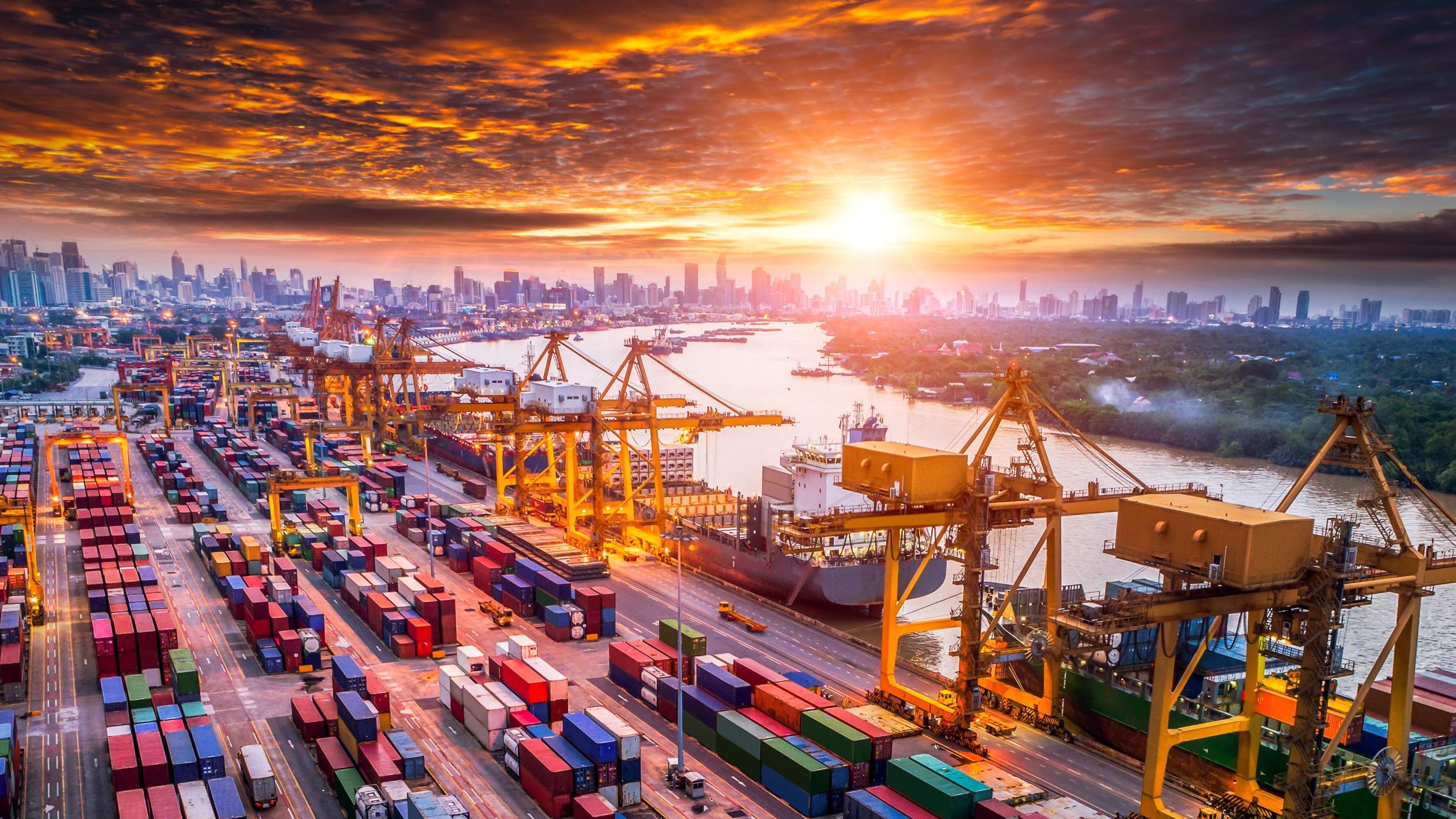Protectionism, decoupling, regionalisation and Covid-19 have shaped and reshaped value chains in the last five years. In particular, the pandemic and other geopolitical dynamics have revealed the deeper interconnectedness between economies, with the protagonist at the centre, undoubtedly, being China.
But these global dynamics have not led to tectonic shifts; they have merely resulted in a reconfiguration of the global supply chains. Despite strong headwinds, China’s dominance is mostly unshaken. Jayant Menon, Senior Fellow at ISEAS, noted that capital and technology-intensive production remain in China.
While the factory for the world produced about 3 to 4 percent of the value of an iPhone less than a decade ago, its value-add now stands at approximately 25 percent. More generally, China now produces about 30 percent of the global value in manufacturing – a substantial leap from the early 2000s.
Where does this leave the rest of the world?
What has changed
Today, China is the global leader in battery and solar technologies, as well as electric vehicles, having steadily moved up the value chain. While the volume of manufacturing in China has decreased, the value-add has increased as investments in infrastructure and building capability in high-end technology grew.
At the recent Singapore Economic Forum organised by Le Cercle des économistes and hosted by INSEAD, discussions surrounded the role of Indo-Pacific in shaping the world order. In particular, my fellow panellists and I were interested in how the region can play a greater role with the reconfiguration of value chains.
Amid the risk of decoupling due to a lack of trust between the United States and China, Asia can be the bridge of the world, said Xu Qiyuan, Deputy Director of the Institute of World Economics and Politics. He cited that 4.7 to 4.8 percent of value-add of Asian exports comes from China, EU and the United Kingdom.
In recent years, recognition of Asia’s strategic importance has led to regional agreements such as the ASEAN-led Regional Comprehensive Economic Partnership (RCEP), US-led Indo-Pacific Economic Framework (IPEF) and Quadrilateral Security Dialogues (Quad). In the context of the China-United States trade war, and in response to decoupling, China is further establishing its value chains in Southeast Asia.
Driven by the rising demand for mobile, data storage, data analytics, electric vehicles and AI, semiconductors are of strategic importance not only to the competitiveness of economies, but also their technology development. Today, China is contributing to almost a quarter of global production, joining the ranks of Taiwan and South Korea. However, the chip war and rising industrial labour costs in China mean more players are getting a share of this lucrative pie.
In the Indo-Pacific region, Malaysia, the Philippines and Vietnam are playing an increasing role in the semiconductor value chain, with Vietnam being recently chosen as a production base for the US. The moderator of the panel, El Mouhoub Mouhoud from Le Cercle des économistes, noted that trade in semiconductors between the US and ASEAN has tripled in five years, while RCEP has led to an increase in China-ASEAN trade within the industry.
How to get there?
To succeed, economies need to make specific “bets” in technology. Apart from AI and cybersecurity, next-generation communications, digital manufacturing (digital twins) and software-defined vehicles (SDV) are technologies that bring huge opportunities for the region. Today, SDVs are mostly manufactured in Asia, but predominantly in India. In the next few years, the digital twin market will grow to US$70 billion to US$100 billion – a sizeable market full of opportunities.
Ultimately, human capital is key to gaining a technological edge. That said, capabilities are not easy to build in a short span of time. With a shortage of engineers in developed markets, will firms move their high-tech development and manufacturing to markets with an ample supply of engineering talent, such as India?
In the long run, structural and regulatory reform is essential to facilitate the flow of human capital in the Indo-Pacific and enable the region’s growth.
Southeast Asia, together with India, has a joint population of just over 2 billion, with over half of the population under the age of 30. With a younger demographic and likely larger workforce than China, the region has the potential to move away from being a volume manufacturer and go up the value chain, as China did. These countries had the advantage of being able to learn from China’s experience and leapfrog by investing in technology and skill capabilities. What they need are the right systems to move up the value chain.
Prakash Kannan, Chief Economist and Director of the Economics and Investment Strategy department at GIC, urged the importance of building on existing strengths. For instance, China is strong in automotive, while Malaysia’s strength is in packaging and testing of semiconductors. The key is the ability to move both up and down the value chain. He also pointed to the need for external capital as huge investments will be needed to develop the necessary infrastructure and logistics.
Doing it together
However, there is no magic model. In fact, it might take more than technological expertise to succeed. For instance, while Japan was among the first to develop solar cell technology, it is by no means a major player in the global market today. With an undeniable edge in precision engineering and manufacturing, Japan could have scaled its production and made its mark in a booming sector – had it collaborated with partners in the region.
Liew Chin Tong, Malaysia’s Deputy Minister of Investment, Trade and Industry, discussed opportunities for vertical integration in SEA, like the “flying geese model” involving China, South Korea, Japan and Taiwan. Vertical integration could take the form of Singapore at the top, followed by Malaysia and Vietnam. If SEA countries can create a level playing field instead of racing to the bottom to hit the lowest cost, they could create a middle-class society as a region.
Indeed, the environmental and social implications of growth cannot be ignored. For development and growth to be sustainable, trade agreements need to take people, nature and society into account, said Jean-Pierre Marcelli, Director of AFD Southeast Asia. He noted that the majority of the world’s most polluted cities are in the Indo-Pacific, and carbon adjustments by the EU are just the beginning of increasing accountability enforced on business. Liew called for global commons, such as carbon tax and laws against modern slavery.
I’d argue that apart from regional agreements or regulatory interventions, technology could well be the answer to mitigating the negative environmental and social impact of global production. Instead of the world depending on policies to manage these externalities, new technologies can drive significant and important changes in the global value chains.
“INSEAD, a contraction of “Institut Européen d’Administration des Affaires” is a non-profit graduate-only business school that maintains campuses in Europe, Asia, the Middle East, and North America.”
Please visit the firm link to site






